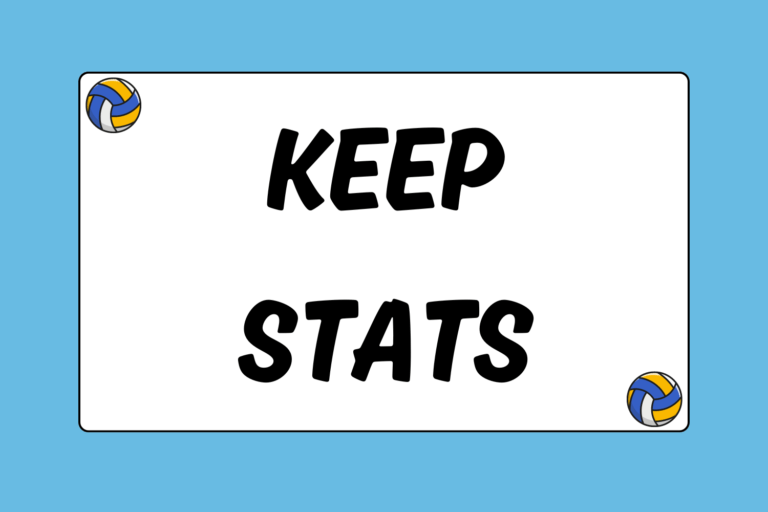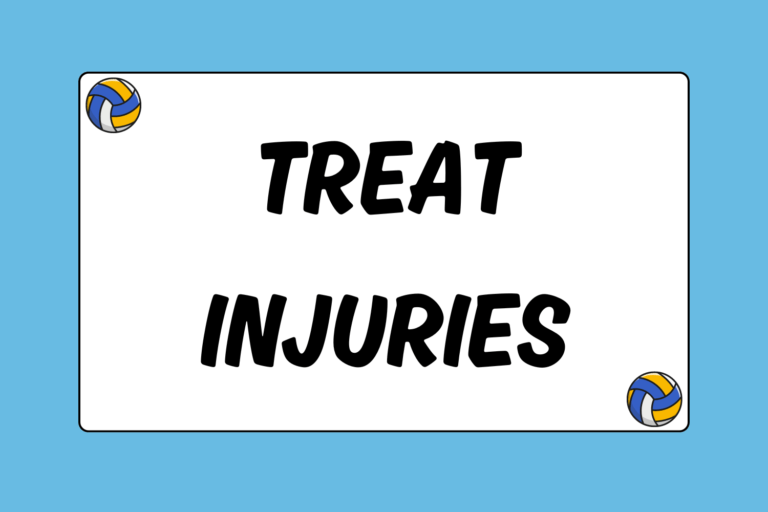Analyzing the opponent’s game on film can give you and your team a distinct competitive advantage. If done right, you can determine a team’s weakness, strengths, and style and learn how to take use the information to perfect your own strategy. Here are some tips to help you get the most out of your film sessions:
Check Out the Stats
Before you even think about pressing the play button, get a copy of the stats for the game you’re about to watch.
Having the statistics in hand is like having a road map before you go on a trip and even a brief glance at the stat sheet will provide useful information for your film session.
Two of the more helpful details to be gained from the statistical breakdown are:
- Which players to focus on while viewing the film: If a certain player had 20 kills during a match, then you might want to spend more time tracking that player than someone who had just one kill.
- Which players play which position: Preparing your team to contain a middle hitter who averages 15 kills a match is much different than the work your team would undergo if they were looking to contain the same average by an outside hitter.
Look for the Hitter’s Tendencies
All hitters have certain tendencies or styles of play—maybe a player likes to hit the ball down the line when the set is inside or consistently tips the ball to the right of the block when the set is tight.
Whatever the case, it is important to indentify the trends of each significant hitter to give your team a defense an edge on the competition.
Hot Tip: Watch the Hitter
Make sure to watch a hitter closely when they are forced into bad opportunities as a result of a bad set or pass. A good set affords a hitter far more opportunities than a bad set does, and most hitters will have a “go-to” hit—maybe a roll shot in the middle of the court or a tip deep in the court— when they are in trouble. If they consistently execute the same type of hit while under duress, you will know what to expect when it happens during your match.
Watch With a Purpose
Have a specific purpose in mind each time you watch film. Maybe it’s a certain hitter who excelled in the previous match or the team’s blocking schemes—whatever you choose, make sure to stay attentive to that one detail throughout the game.
Don’t Follow the Ball
Studying game film is very different from watching a volleyball match. If you watch the ball you will miss many important things that occur elsewhere on the court, like defensive formations or blocking coverage schemes. This is where the first two points—knowing the stats and having a specific focus—come in handy to help keep your attention on the task at hand and away from the action of the ball (when necessary).
Defensive Formations
When watching film, try to identify the defense formation of the opponent using the position of the middle back defender. Zero-in on this player and see how they react when the ball is set to each of the different positions. This should give you a good idea of whether the opponent is playing or a rotation defense or a perimeter defense.
Identify Opponent’s Blocking Schemes
When identifying the opponent’s blocking schemes, the focus should always be on…well, their blockers. This may seem a bit obvious, but it is easier said than done because the eye is naturally drawn to the ball and away from the players. You have to train yourself to watch only the blockers.
There are many different blocking schemes and each team tailors their own strategy to fit the individuals on the court. However, most blocking schemes do fit into one of four basic categories:
- Spread blocking: Spread blocking is the basic scheme used by most teams and is defined by the large space between each of the front row blockers. The outside blockers traditionally line up two feet from the antennas while the middle blocker sets up in front of the opponent’s setter or opposite hitter.
- Bunch blocking: In this scheme, the blockers start closer together lined up in the middle of the court. The outside hitter is in charge of stopping an opponent’s quick sets behind the setter; the middle blocker sets up to stop a quick attack in front of the setter; and the right side hitter is in place to prevent a quick shoot set. This scheme is most effective against teams that run a sophisticated offense with numerous quick attacks.
- Load blocking: This scheme is extremely useful against any team that runs a 5-1 offense or has a weak right side attack, since the blockers in a load blocking scheme shift their focus to the opponent’s outside hitter and middle hitter. As a result, the blockers are “loaded” on that side of the court.
- Shade blocking: Shade blocking is designed to shut-down an opponent’s middle hitter. The right side blocker and the middle hitter set up in a bunch formation while the outside hitter positions themselves as if their team were still in a spread blocking formation.
End Scene
Preparation is a significant part of winning. Sodon’t let a lack of preparation be the thing that keeps you from winning. Watching film will give you and your team the information needed to take down the opponent. Take the tips above to heart and hit the video room.





